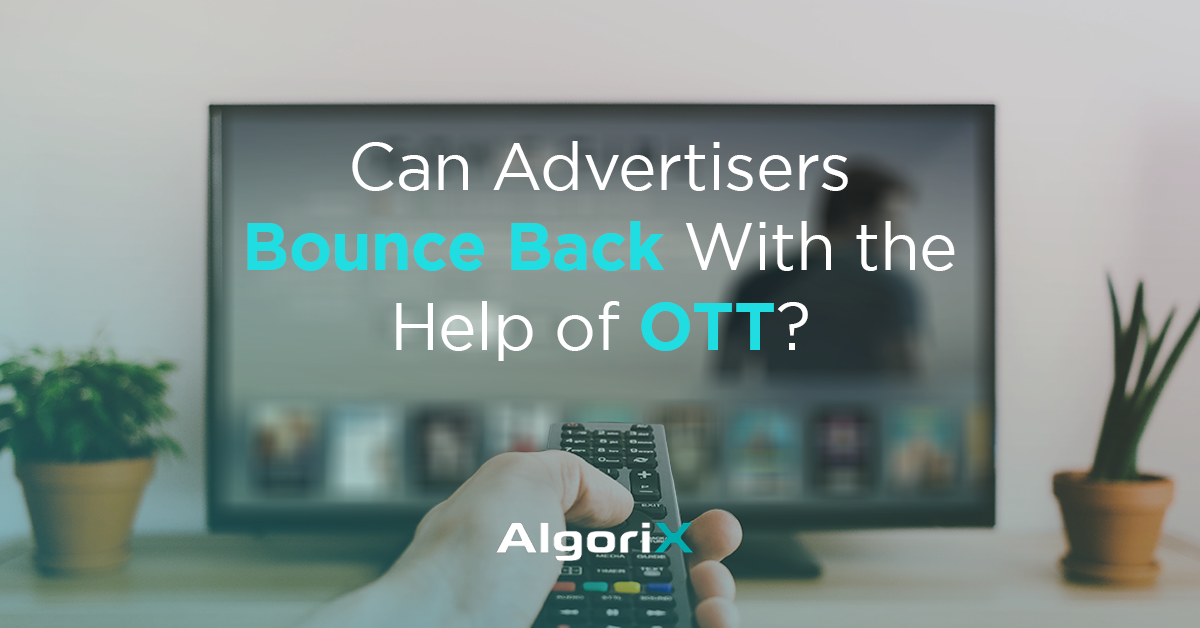The coronavirus pandemic has caused a significant shift across all industries. Now that most nations are slowly reopening, advertisers must carefully change their tactics to send their message to their target audience. It isn’t surprising that they would consider over-the-top (OTT) advertising as their anchor for change. Will it be successful, though? Let’s dissect the current market.
Affected by quarantine regulations, people are forced to stay at home and as a result, spend more time glued to their connected TVs (CTV). In a report released by Martech, they found that during the pandemic, the ad spending for OTT/CTV increased by as much as 40%, with programmatic ad spending most notable for Hulu (44%) and Sling TV (30%). The same increase in ad spending is also seen in Roku and Apple devices. Considering these numbers, how can advertisers leverage the use of OTT to amplify their marketing strategies?
Why OTT Matters Post Pandemic
OTT has gained popularity during the COVID-19 crisis. In fact, most advertisers survived by leveraging OTT. Will they remain the same post-pandemic? We think so. OTT matters post-pandemic because they can be used for:
1. Improving Geotargeting
Advertisers need to go back to the basics, and that is localized targeting. They have to readjust and cater to their locality. Each ad should reflect the regional reopening timeframes. To make it more effective, advertisers should use geolocation to ensure their creatives would remain contextual. In terms of OTT advertising, the use of addressable targeting can significantly help.
One way to do this is to produce ads depending on the designated market area (DMA) or zip code along with the consideration of interest categories. They would also find value by placing dynamic ad insertions into the CTV to improve the overall experience of the target audience, which would boil down to increased conversion.
2. Maximizing OTT and Local TV
While advertisers benefit from maximizing OTT, they are also missing out on capturing linear TV audiences. Given this, advertisers should identify the platform that would allow them to know where they can get more viewers. Will their campaign live off through OTT alone? If yes, then maximize it. Will they miss out on a considerable number of local TV viewers? If so, then include campaigns that capture these audiences.
By leaving out any of them, specifically OTT, advertisers would ultimately miss out on profitable campaigns. Therefore, their campaigns should include both of them in the mix by tightening their integration and packaging support for both OTT inventory and broadcast TV.
3. Measuring Attribution
Post pandemic, advertisers cannot afford to be lax when it comes to their campaigns. They have to think that the market would be tighter and the competition stiffer. By using OTT/CTV advertising, they need to come up with campaigns wherein it would be easier for them to measure attribution to identify whether they are providing real value to their target audience. An advertiser’s jobs would not end there, though. They need to continually innovate to ensure both online and offline purchasing of the intended audience.
The world, as we know it, will no longer be the same. Adapting to the new normal should always be advertisers’ top priority while considering how the general public would embrace these changes. Going local, maximizing both OTT and linear TV, and measuring attribution are some of the strategies advertisers can use to make sure that they remain relevant. Advertisers should find ways to make OTT their go-to for increasing their business outcomes.
Curious how AlgoriX can help you maximize your OTT strategies? Contact us, and we’ll help your business grow.













